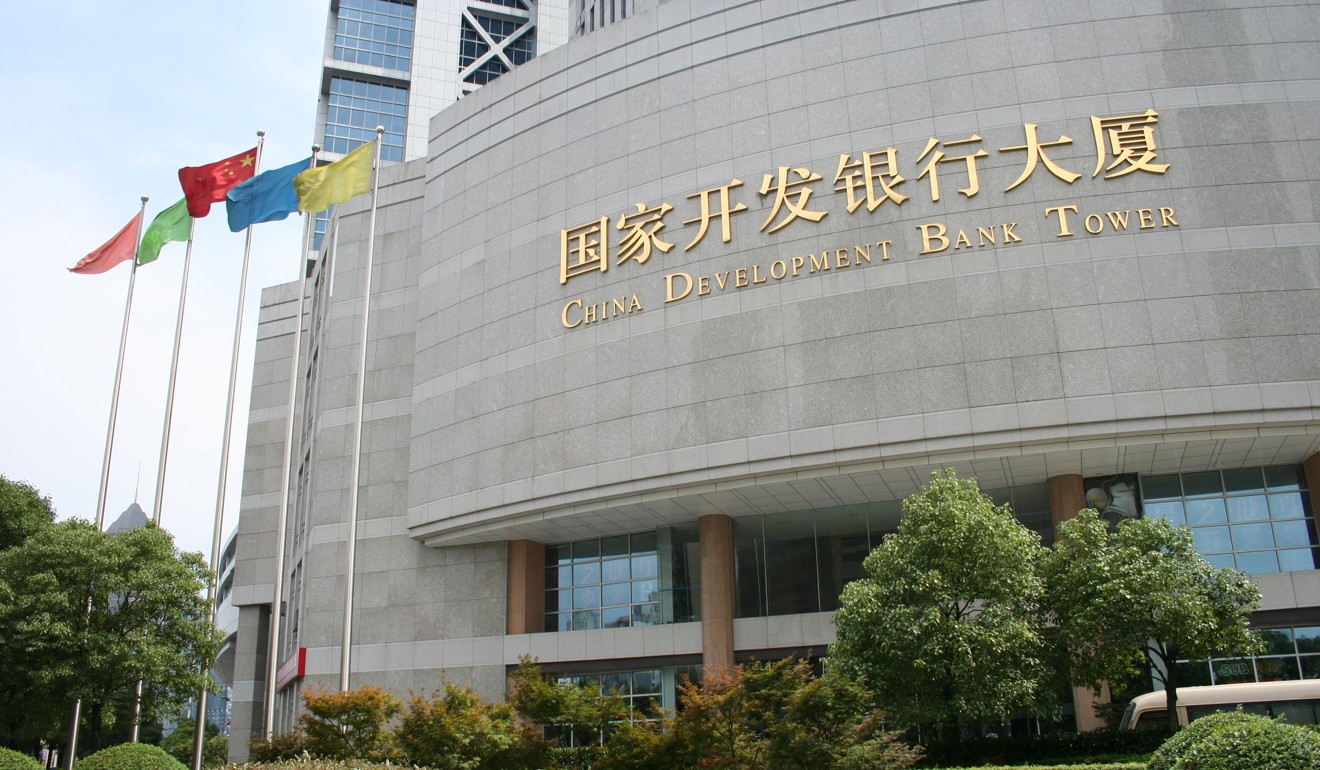
Navigating the bumps on the ‘Belt and Road Initiative’
New projects such as railways and roads, ports and power plants have begun in numerous countries. Finding the right talent and partners and getting support from banks are key
Vincent H.S. Lo, chairman of the Hong Kong Trade Development Council, stated in his welcome speech at the third Belt and Road Summit in Hong Kong in June that the infrastructure development has achieved “significant progress” in the five years since President Xi Jinping unveiled the “Belt and Road Initiative”.

“New projects such as railways and roads, ports and power plants have begun in numerous countries,” he said. “At the same time, new opportunities are opening up.”
China has made 101 agreements with 86 countries, and has investments in 24 countries worth US$50 billion.
“It is incontestable that the BRI is one of the most ambitious development projects in history, with massive economic and political implications for China and all those involved along the path,” said Vicky Ma, a consultant in law firm Clifford Chance’s Hong Kong office. “To gauge its current progress and future prospects, it is crucial to understand its beginnings.
“China’s vision is to boost global trade and to create new, vibrant economies along its route,” Ma added. “President Xi also described it as a vehicle for China to assume a greater role on theinternational stage by funding and developing global transport and trade links.”
By revitalising the historic Silk Road trade route and increasing connectivity between countries in Asia, the Middle East, Africa and Europe, the initiative is expected to boost development and trade along six economic corridors.
Matching partners for diverse needs
“Since its inception five years ago, the BRI has been criticised for being vague and lacking clear direction,” said Ma.
Despite the difficulty of predicting the future of the initiative, Ma said that its first two phases remain perfectly clear: the initial phase focuses on infrastructure, particularly transport, energy and communications; the second phase centres on trade, financial services, education and medical care.
Because of the array of interests and needs, Lo emphasised the need to find the right people. “The Initiative goes beyond infrastructure to technology, manufacturing, logistics, agriculture, tourism and many others,” said Lo. “For something as far-reaching in scope and global in scale as the Belt and Road [Initiative], we must find the right partners.”
To overcome any gaps in skills and experience, China has signed numerous memorandums of understanding (MoU) with foreign or international organisations to promote international collaboration. Notable examples include an MoU between China’s Ministry of Finance and several multilateral development banks in 2017 to jointly promote Beijing’s global trade initiative; a US$1.6 billion MoU between China Development Bank and Standard Chartered Bank to set up a strategic partnership to fund projects; and an MoU between China and the United Nations Development Programme to create a framework for strategic cooperation in September 2016.
Monetary mindfulness
Though estimations of the costs vary, they are predicted to be in the trillions for the next decade. To date, most of the projects have been funded by state funds, predominately from China.
“Most large-scale onshore Chinese projects are carried out by state-owned enterprises (SOEs), and Chinese financiers are used to seeking recourse directly from SOEs instead of the project itself,” said Ma.
Project finance is not a common form of financing in China. Ma cautions that this might give rise to issues further down the line, resulting in stranded project assets. A domino effect from this situation could be disastrous. “The sustainability of the Belt and Road [Initiative] hinges on the attractiveness and recyclability of project capital, which is particularly important given the huge capital needed to achieve the vision,” said Ma.

Last year, The Hong Kong Institute of Bankers formed a partnership with the Asia-Pacific Structured Finance Association to boost demand for local talent in those areas. The parties will jointly host a forum in Hong Kong titled “Belt and Road Initiative: Infrastructure Financing” on October 15.
